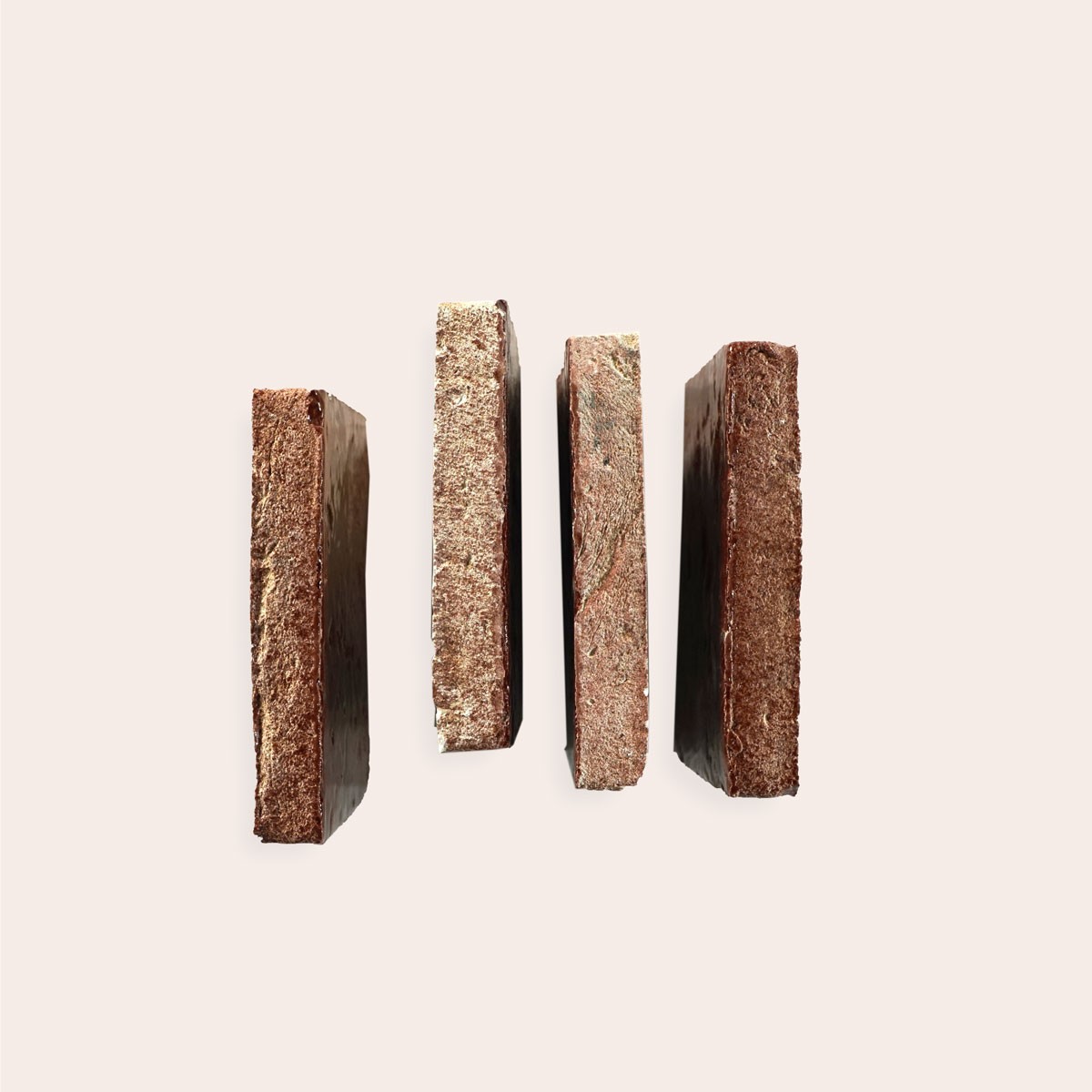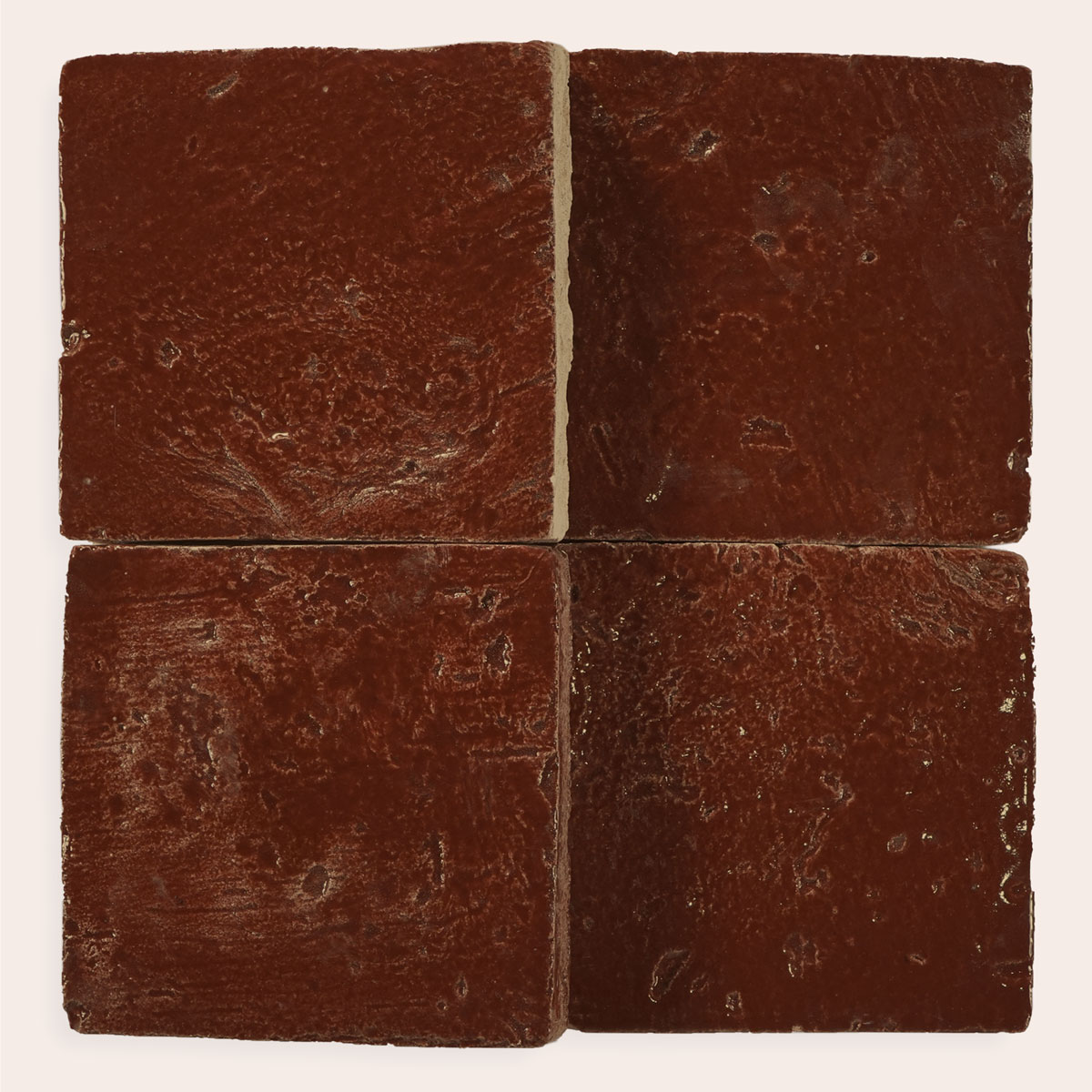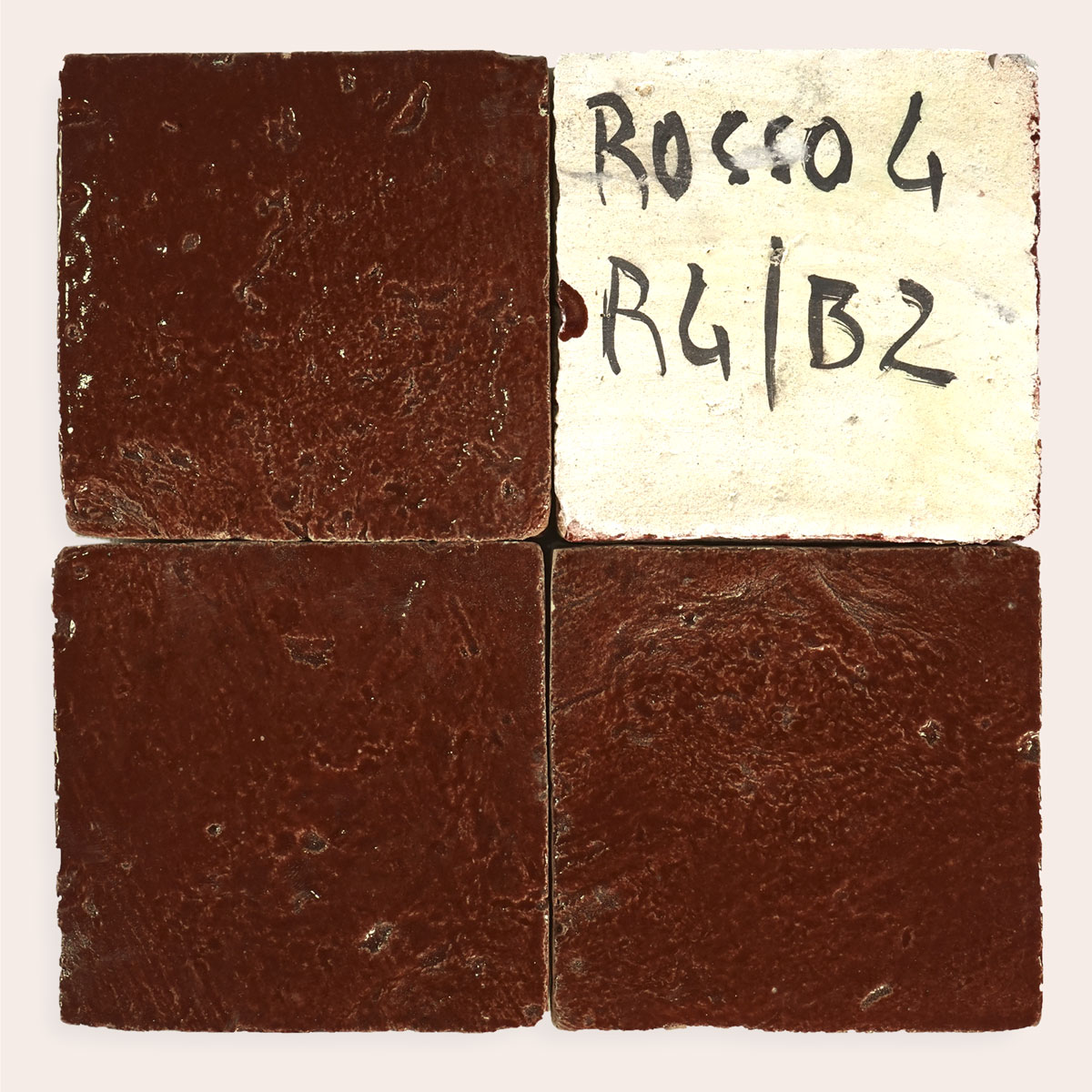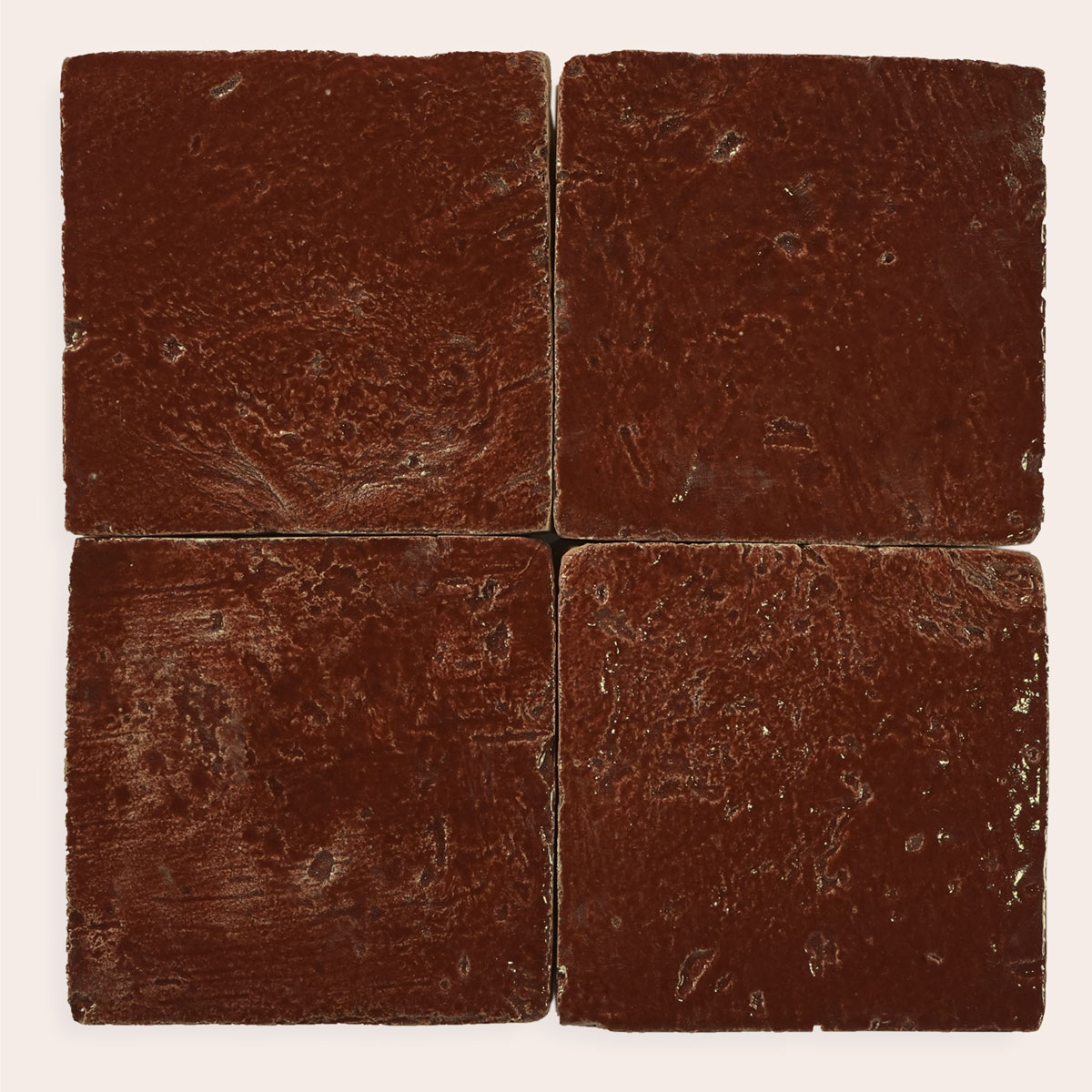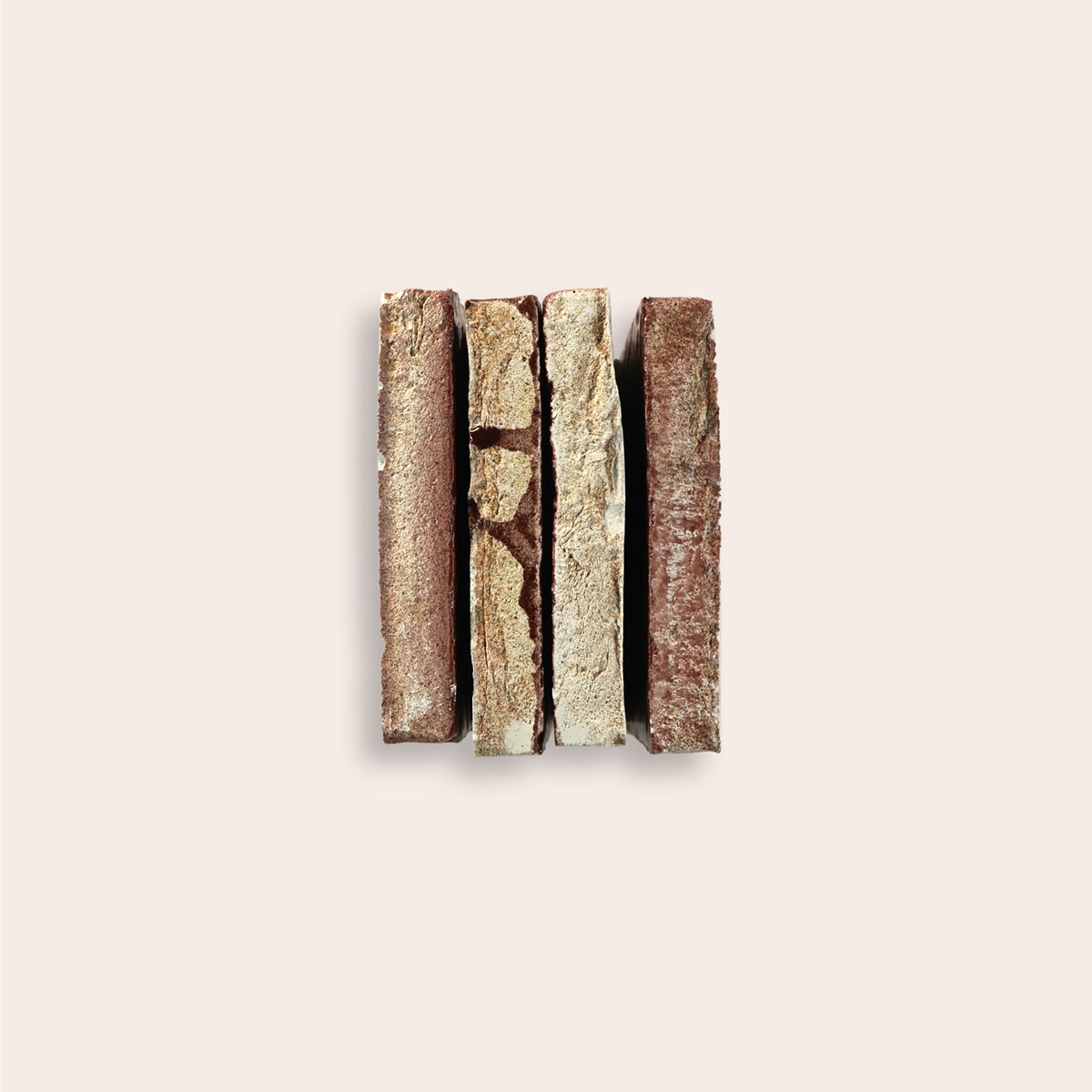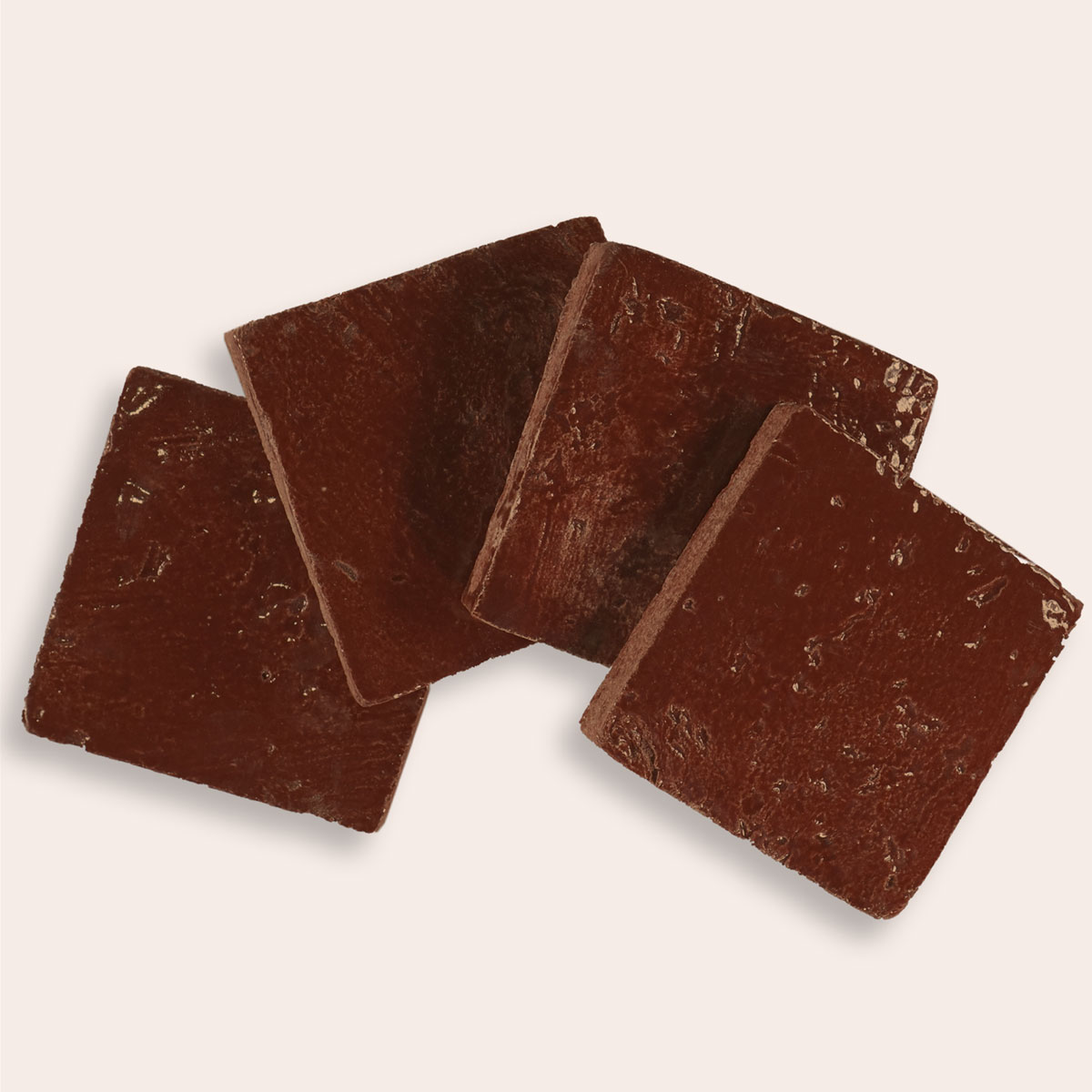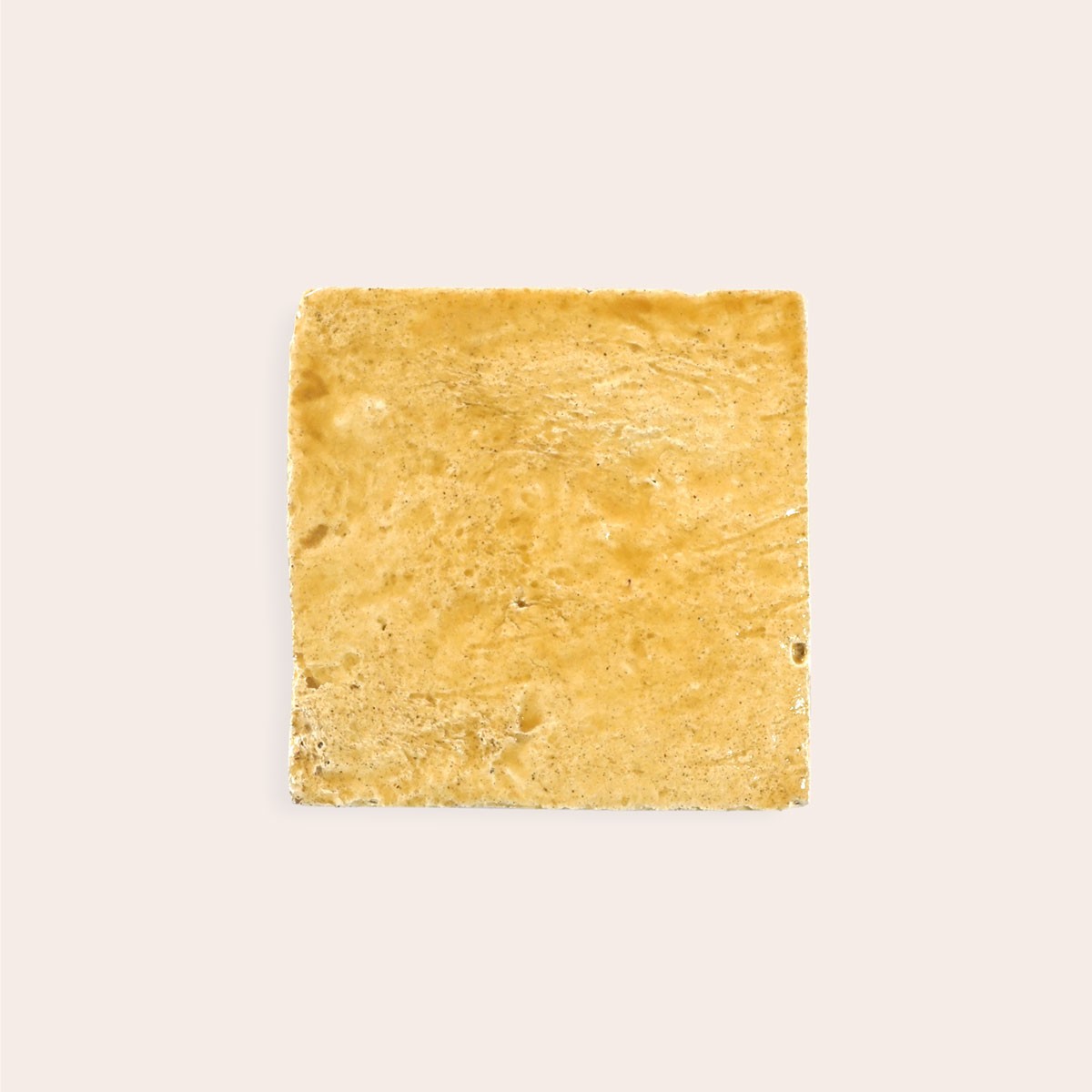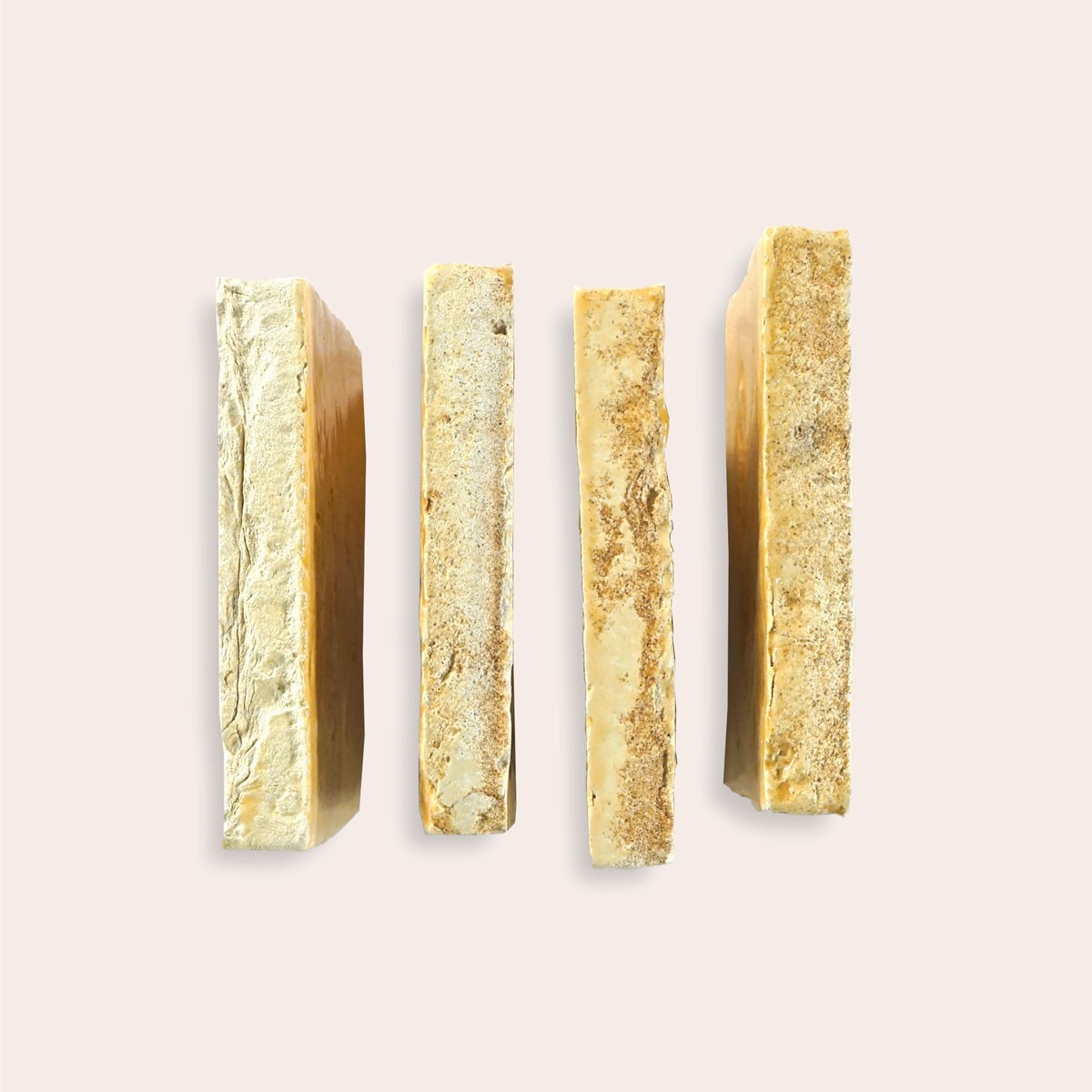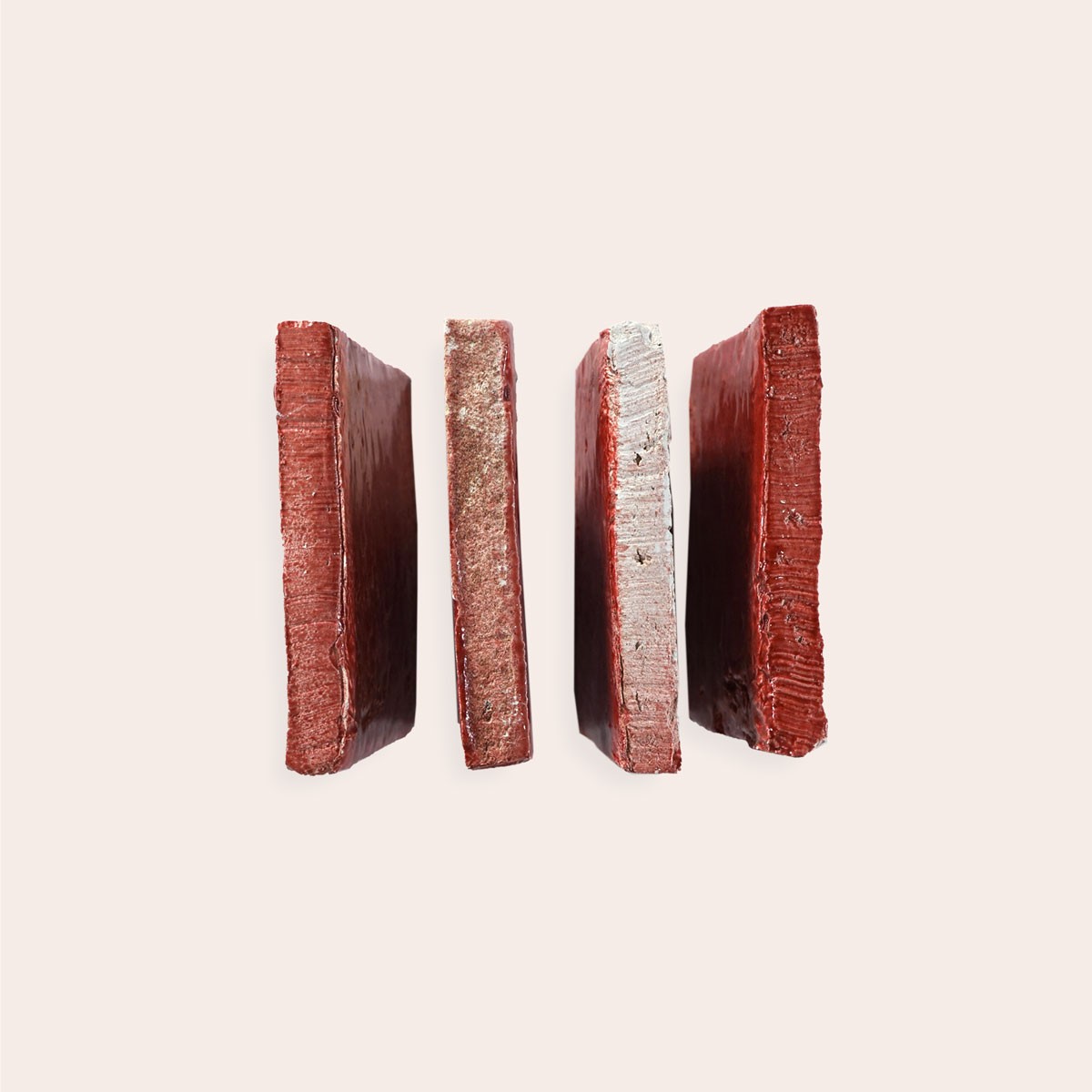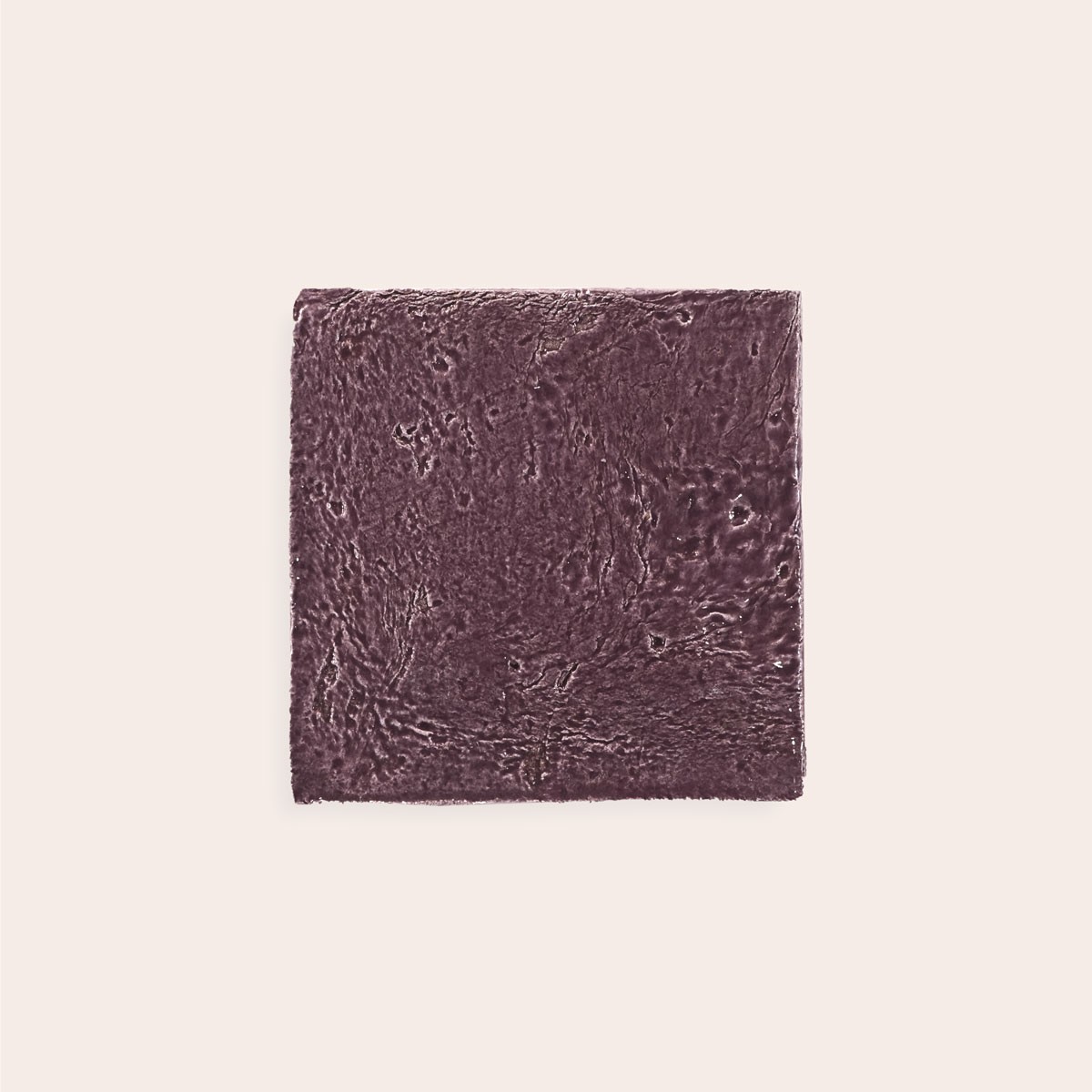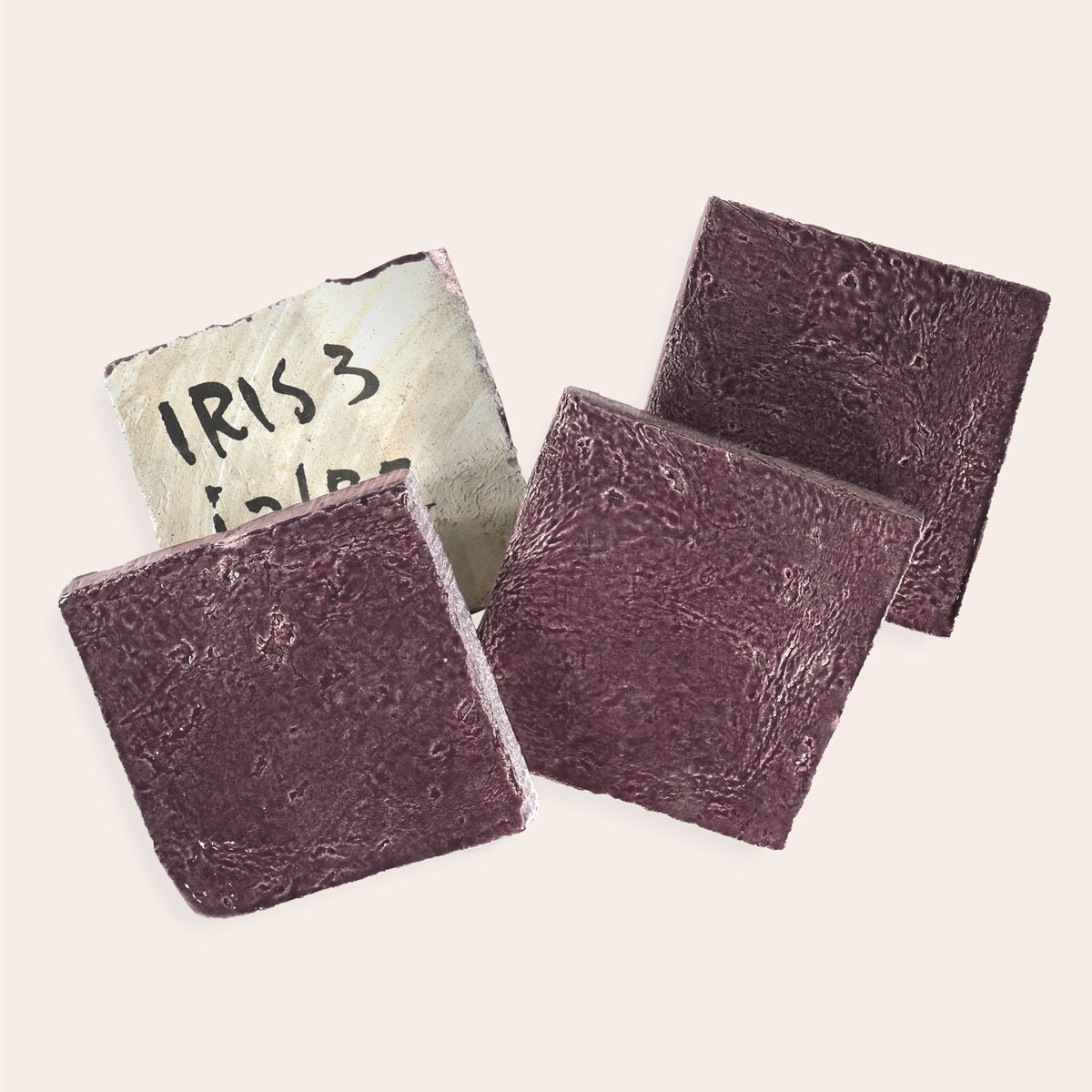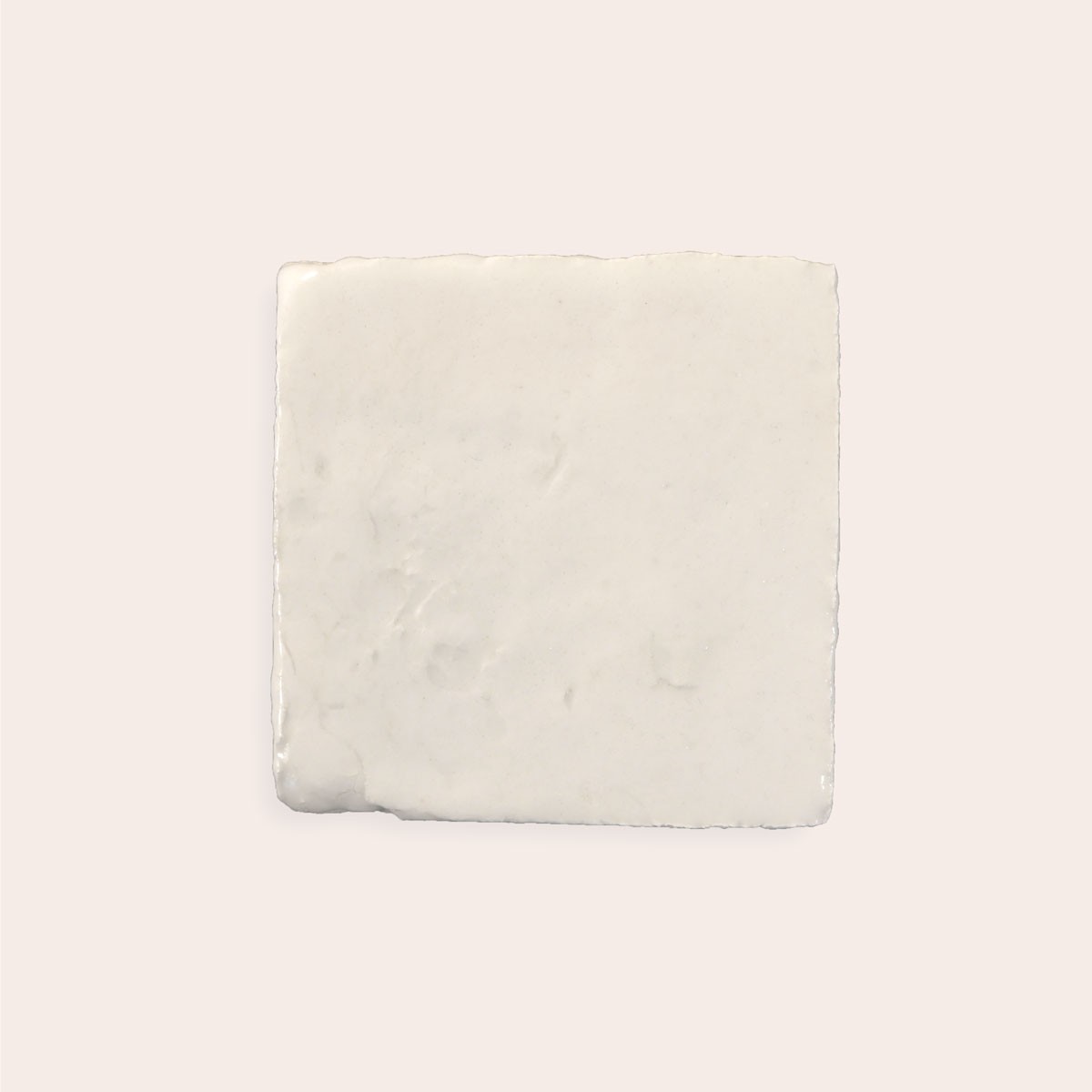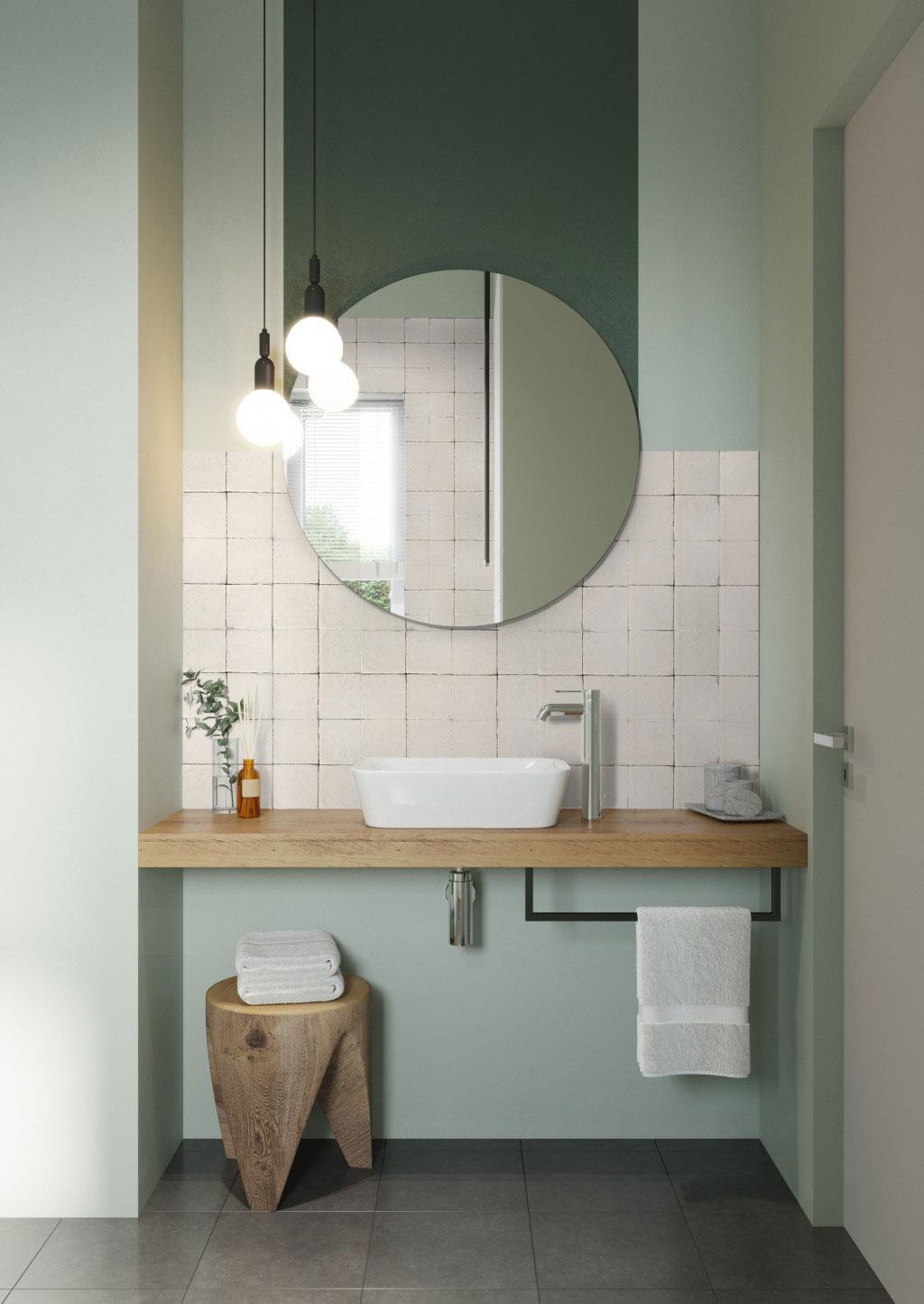Make a virtue of necessity. Terracotta pottery made to hold wine and oil, used in Italy for centuries, had to be made impermeable inside. How? By glazing, which also transforms the aesthetics of the terracotta, giving it a rich and bold chromatic quality.This initiated the transformation from necessity to decoration: when something is beautiful, it cannot be locked in a cage of utility, it must become art. it must become art. Glazing evolved throughout the Italian peninsula in this way, finding diverse inspiration according to the territory while establishing itself as a decorative practice with a variety of regional expressions.Glazed terracotta is a mysterious and unpredictable material: the glaze, deposited to the terracotta, is absorbed in a completely different way depending on its porousness and permeability, creating different results each time.Lose yourself in colorful glazes.
Color
BordeauxIt will seem like the tiles were immersed in the must of crushed grapes rather than glazed. Such is the intensity and richness of this color, which is the protagonist of one of the oldest Italian traditions: the processing of grapes and the production of wine. Your surfaces will have the aroma the most precious of wines, aged in wooden barrels since the dawn of time.
Form
SquareThe square is a circle with angles. It is imperfect perfection, irregular regularity, abstract concreteness. It dominates the world of parallelograms and its linear formula communicates only one thing: harmony. For this reason a cement product (of the people, basic) in the form of a square (elevated, perfect) generates a kaleidoscope of possibilities. Predictability is boring.


